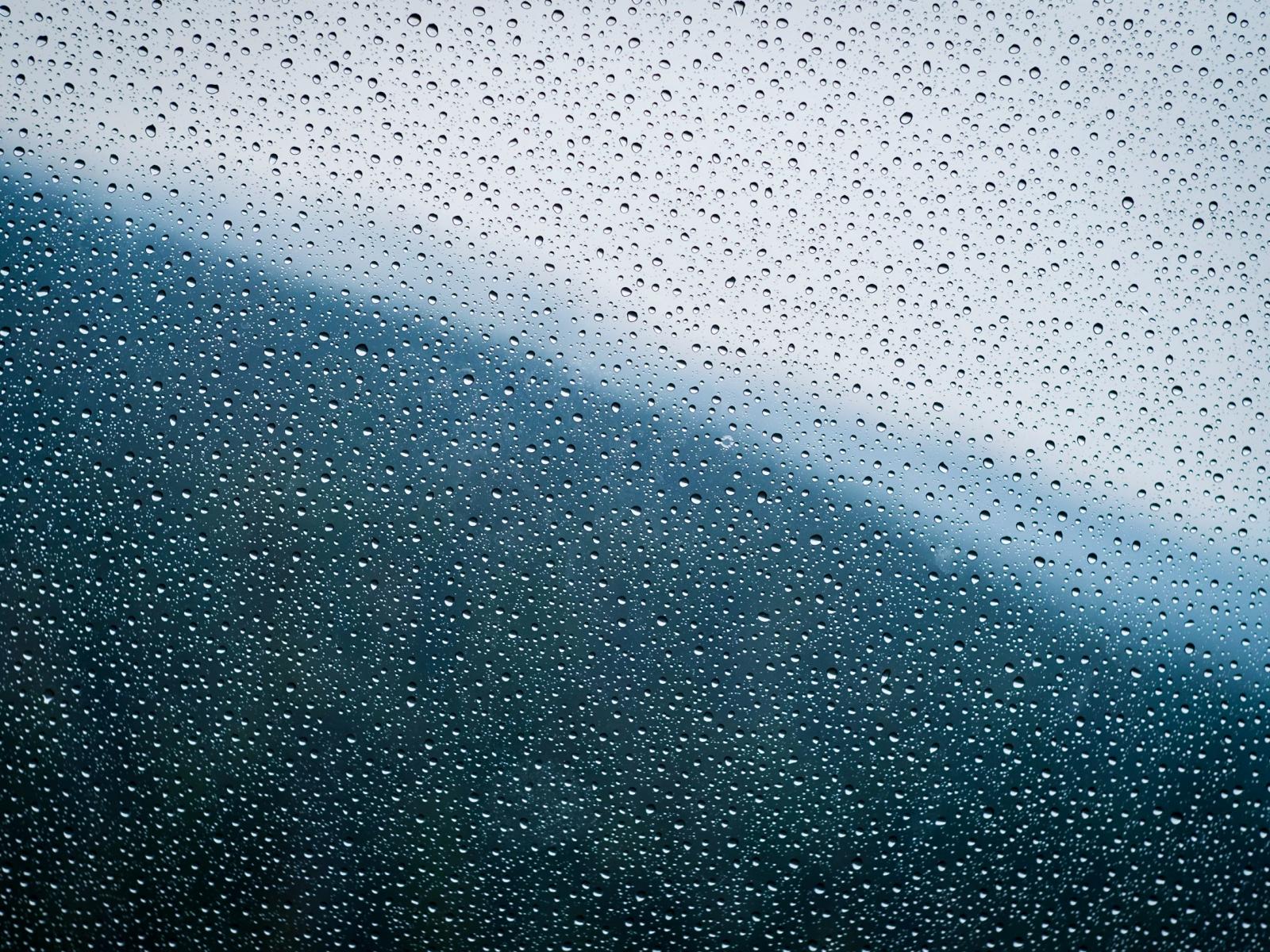Tailoring a Convection-Cloud Chamber for Optimizing Droplet Collisions
The current convection-cloud chamber, while useful, is likely too small to explore how turbulence affects the collision-coalescence among cloud droplets

Researchers, recognizing that collisional growth of cloud droplets is an essential yet uncertain process for drizzle and precipitation formation, sought to design a new convection-cloud chamber to study this key component of cloud–aerosol–turbulence interactions.
(Photo by David Watkis | Unsplash)
The Science
Droplet collision-coalescence plays an important role in the initial formation of drizzle-sized droplets, yet quantitative understanding of this process in turbulent clouds is lacking. A convection-cloud chamber that produces a turbulent cloud between a warm moist bottom and a cold moist top can provide a controlled environment for laboratory studies of drizzle initiation. This study uses numerical simulations to explore design features of a future chamber that would optimize the cloud conditions for studying collision-coalescence. Also, the study finds that injecting aerosol at higher concentration increases the number concentration of droplets and the frequency of droplet collisions but reduces the number of collision events per droplet.
The Impact
An existing convection‐cloud chamber, the Pi Cloud Chamber at Michigan Technological University, is a useful tool for studying turbulence effects on aerosol and cloud droplets, but the collisions among cloud droplets in that chamber are rare and difficult to observe. This research demonstrates how numerical simulations can be an impactful, low-cost option to explore various cloud chamber design features for achieving conditions that would favor droplet collisional growth. The results reveal that the likelihood of detectable collisional growth increases significantly in a tall chamber with two warm and two cold moisture-covered side walls.
Summary
This study uses numerical simulations to explore various configurations of a convection‐cloud chamber that may intensify collision‐coalescence. A large‐eddy simulation model with a detailed treatment of cloud droplet size distribution is employed to explore how cloud properties and the intensity of collision‐coalescence are affected by the chamber size and aspect ratio, surface roughness, side‐wall wetness, side‐wall temperature arrangement, and aerosol injection rate. The results reveal that collision‐coalescence is greatly enhanced by employing a taller chamber with moisture-covered side walls, non‐uniform side‐wall temperature, and rough surfaces. For the conditions explored, although lowering the aerosol injection rate broadens the droplet size distribution, favoring collision‐coalescence, the reduced droplet number concentration decreases the frequency of collisions.
Contact
Mikhail Ovchinnikov, Pacific Northwest National Laboratory, mikhail.ovchinnikov@pnnl.gov
Aaron Wang, Pacific Northwest National Laboratory, aaron.wang@pnnl.gov
Funding
Funding for this work was provided by the Department of Energy (DOE), Office of Science, Biological and Environmental Research program as part of the Atmospheric System Research program. Computing resources were provided by the National Energy Research Scientific Computing Center, a DOE Office of Science user facility.
Published: March 12, 2024
Wang, A., M. Ovchinnikov, F. Yang, S. Schmalfuss, and R. A. Shaw, 2024: Designing a Convection-Cloud Chamber for Collision-Coalescence Using Large-Eddy Simulation with Bin Microphysics. Journal of Advances in Modeling Earth Systems, 16, e2023M003734, https://doi.org/10.1029/2023MS003734.